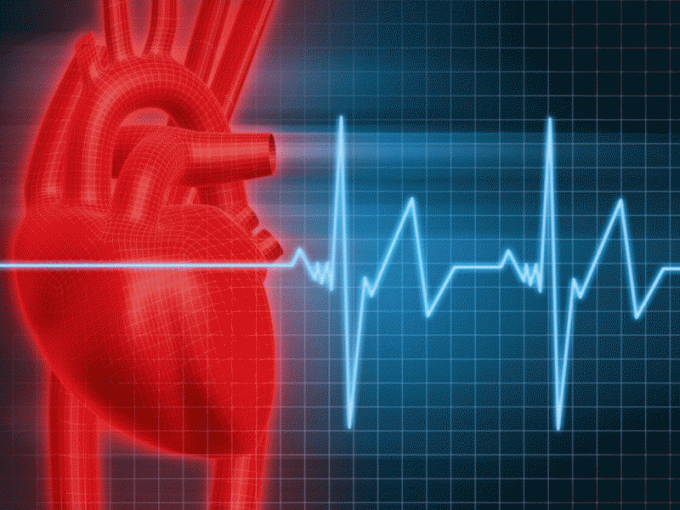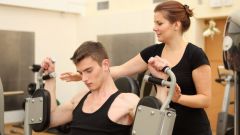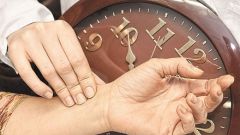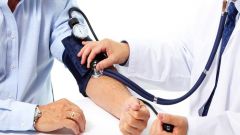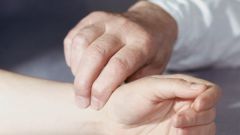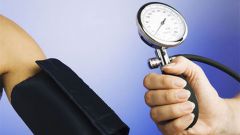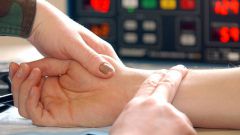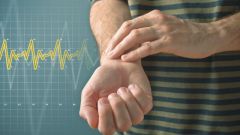The normal pulse for a person
Depends on heart rate, gender, age and overall functional status of the person. Sometimes it can dramatically change its performance, depending on the time of year. For example, in summer there is a pulse Uchenna than in winter.
For an adult humanbeing at rest, normal heart rate is 60-80 beats per minute. The older a person is, the lower the heart rate. Newborn baby heart rate at rest is approximately 130 beats per minute, and by the age of 15, he reaches the norm of 60-80 beats. For an elderly person is considered a normal pulse rate – 72 beats per minute.
Physical activity, illness, stress and various experiences are important factors that affect pulse rate. During active physical exercise, the heart rate increases. Some diseases cause an increase in the frequency of the pulse. This is the response of the human body for the increased blood supply to organs and tissues by increasing heart rate.
The formula for determining the norms of the pulse
The normal heart rate of a person, namely its upper bound, determined by the formula: 180 – age person. The resulting number is the maximum heart rate. In order to compare it with the real pulse should be within a few consecutive days to measure the pulse at one and the same time in the same position.
Also important is the measure of the number of beats per respiratory cycle, including an exhalation, a pause, and breath. For one breathing cycle in the norm is 4 to 6 beats.
If the pulse is less frequent, for example, 3 times, or more often - 8 shocks, this indicates a problem in the functioning of any organ. When the pulse is 3 to 1 strike for one breathing cycle, this phenomenon is clearly characterized by functional failure, and is considered a serious enough reason for going to the doctor.
The maximum heart rate in relation to breathing cycle is 9 beats. In addition, a very important indicator of human health is the uniformity of the pulse. A pulse over one hundred beats should be equal in strength, tension and fullness. The unevenness in these indicators is a clear sign of the presence of any disease.
There are also some cases when it is necessary to immediately consult a doctor:
- if there is a state of tachycardia, which is characterized by a heartbeat of over 100 beats per minute;
- the state of bradycardia, when the heart rate is less than 50 beats per minute;
- when the pulse is very weak, poorly palpable and irregular.
